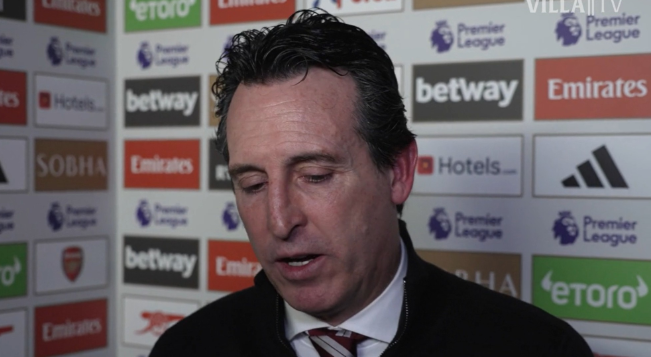
On December 30, focusing on the far-reaching impact of the "Golden Dollar Chinese Super League" on Chinese soccer, Football Daily published an article emphasizing that the soaring price and annual salary of local players, far more than that of foreign aid, has reached an absurd situation. Local players are already lacking in quantity and quality, but they are lost in the wave of "golden dollars".
In the era of the "Golden Dollar Chinese Super League", the frenzied investment of capital has led to a surge in the transfer fees and annual salaries of local players, subverting the ecology of the local soccer, and causing heavy damage to the youth training system. The decline in the number and quality of local players will undoubtedly affect the national team.
In 2003, Wu Chengying moved for 13 million RMB, a record high price for a local player. By 2011, Jiang Ning broke the record with a transfer fee of 14 million yuan.
Evergrande started the trend of introducing local players at high prices, followed by Albin, Luneng, Suning and other clubs have followed suit. 2015, the "Golden Dollar Chinese Super League" broke out, Shanghai Hong Kong signed Yu Hai with 50 million, the first time a local player's transfer fee exceeded 5 million; Sun can be transferred to TEDA with 66 million. China A Huaxia even threw 60 million to introduce Du Wei and other five local players, in 2016, Huaxia signed six local players, Jin Yangyang transfer fee as high as 80 million, a premium of 64 times. Quanjian, Huaxia and other clubs also signed players at high prices, with a total investment of more than 200 million.
In 2017, the price of local players in the Chinese Super League soared, with Huaxia Happiness signing six players, including Zhao Mingjian and Zhang Chendong, with a total expenditure of nearly 660 million. Clubs such as Jiazhaoye and Quanjian have also introduced players at high prices.
In 2018, the transfer market is still hot. Huaxia signed Jiang Zhipeng and Hu Rentian, rumored to have spent at least 200 million; Guizhou signed Zhao Hejing and four other players for 170 million. Guoan signed Ji Zhongguo, Wei Shihao and five other players at a huge cost.
During the five-year "Golden Dollar Chinese Super League" period, the Chinese Super League in the internal aid total investment of 672 million euros. Huaxia, Evergrande, Guoan and other clubs in the internal aid transfer fee on the huge investment.
At that time, some local players are easily over 100 million dollars, transfer fee over 50 million players amounted to 41 people. De turn price is generally less than 2 million, premium at least 40 times, and even some players premium of 100 to 200 times.
The annual salary premium is equally staggering, with $5 million level annual salaries common. There are quite a few local players who earn more than $10 million a year, up to $20 million. These players have just made their mark in the Chinese Super League (CSL), where the newcomers are eager to emulate Evergrande, but have not invested enough in the ladder and youth training.
The excessive premium for local players and vicious competition in "gold dollar soccer" has hit Chinese soccer hard. If the funds are invested in youth training and overseas development, Chinese soccer may not be in trouble.






























